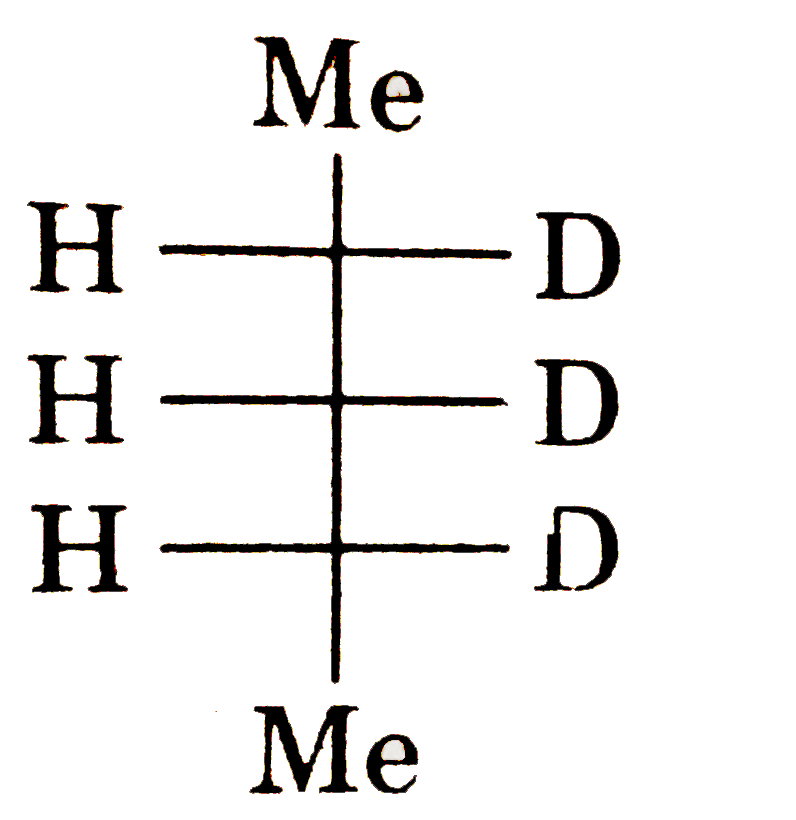Define
coordination number. Draw optical isomers [Co(en)3]2+
Step-by-Step Solution
1. Define Coordination Number:
The coordination number of a metal ion in a complex is defined as the number of ligand donor atoms that are directly bonded to the metal ion. In simpler terms, it is the total number of points of attachment from ligands to the central metal atom.
2. Identify the Ligands in the Complex:
For the complex (Co(en)3)2+, the ligand is ethylenediamine (en), which is a bidentate ligand. This means that each ethylenediamine molecule can attach to the cobalt ion at two sites.
3. Calculate the Coordination Number:
Since there are three ethylenediamine ligands in the complex, and each can donate two pairs of electrons (one pair from each nitrogen atom), the total number of donor atoms is:
Coordination Number=3 (ligands)×2 (donor atoms per ligand)=6
4. Draw the Optical Isomers:
To draw the optical isomers of (Co(en)3)2+:
- Start by placing the cobalt ion (Co) at the center.
- Arrange the three ethylenediamine ligands around the cobalt ion.
- The arrangement should be such that it creates a chiral structure, which can exist in two non-superimposable mirror images (optical isomers).
Dextrorotatory Isomer (D):
- Arrange the ligands in a clockwise manner around the cobalt ion.
Levorotatory Isomer (L):
- Arrange the ligands in a counterclockwise manner around the cobalt ion.
5. Label the Isomers:
- The dextrorotatory isomer is labeled as D and the levorotatory isomer as L.
The coordination number of a metal ion in a complex is defined as the number of ligand donor atoms that are directly bonded to the metal ion. In simpler terms, it is the total number of points of attachment from ligands to the central metal atom.
For the complex (Co(en)3)2+, the ligand is ethylenediamine (en), which is a bidentate ligand. This means that each ethylenediamine molecule can attach to the cobalt ion at two sites.
Since there are three ethylenediamine ligands in the complex, and each can donate two pairs of electrons (one pair from each nitrogen atom), the total number of donor atoms is:
Coordination Number=3 (ligands)×2 (donor atoms per ligand)=6
To draw the optical isomers of (Co(en)3)2+:
- Start by placing the cobalt ion (Co) at the center.
- Arrange the three ethylenediamine ligands around the cobalt ion.
- The arrangement should be such that it creates a chiral structure, which can exist in two non-superimposable mirror images (optical isomers).
- Arrange the ligands in a clockwise manner around the cobalt ion.
- Arrange the ligands in a counterclockwise manner around the cobalt ion.
- The dextrorotatory isomer is labeled as D and the levorotatory isomer as L.
Similar Questions
Knowledge Check
Total number of isomers of [Co(en)2CI2]+ is
A3B4C2D5The charge number , oxidation number and coordination number of the complex [Co(en)3]Cl3 are _____________ respectively.
A3, −3and6B−3, 3 and 6C3 , 0 and 4D3, 0 and 4
Number of optical isomers possible for

View SolutionFind the number of geometrical isomers in [Co(en)(Pn)(NO2)2]
 .
.
View SolutionNumber of optically active isomers of

View SolutionDraw the structures of optical isomers of :
[PtCl2(en)2]2+
View SolutionWrite the structrue and the name of the co-oridnate isomer of [Co(en)3]Cr(CN)6]
View SolutionWrite IUPAC name of the coordination isomer of the complex [Co(en)3][Cr(CN)6].
View Solution
